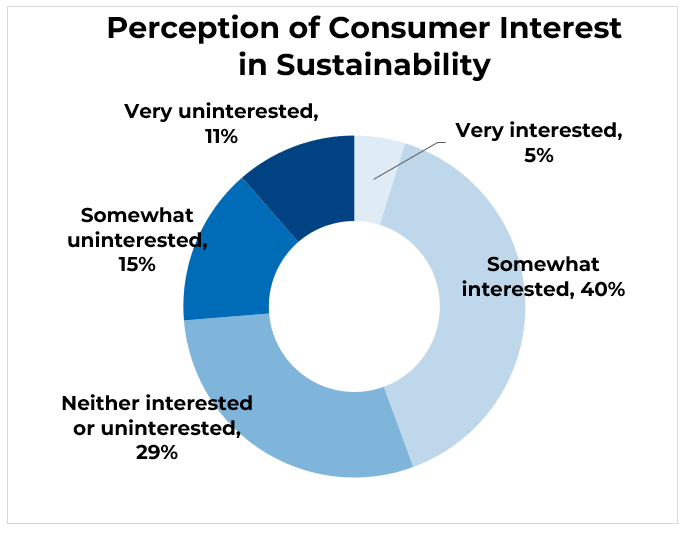In March 2024, the National Association of REALTORS® conducted a survey to determine the state of the housing market regarding sustainability. The study’s results suggest that the industry is right at the beginning of a “green revolution.”
Green Data Fields: Illuminating Sustainable Features
Four in ten respondents have stated that their Multiple Listing Service (MLS) now includes green data fields, which indicates a change in residential property presentation to be more open about sustainable features awareness – this is minded towards eco homes. These fields act as signposts that lead buyers to earth-friendly houses, thus ensuring the promotion of healthy living.
Education Empowers: Embracing Sustainable Practices
A quarter of people in homes with sustainable features had undergone significant or some kind of training. This shows that there is an increasing understanding among those in the property industry of energy-efficient appliances, renewable energy systems, and environmentally friendly building materials. Being knowledgeable will help real estate agents promote green living and meet the changing needs of clients who care about the earth.
Energy Efficiency: A Valuable Asset
More than half of the people surveyed said they see the importance of including energy-efficient information in property descriptions, which shows that having such characteristics is key to appealing to buyers and marketing buildings. As demand for sustainable living increases, agents who advocate for energy efficiency become change agents.
Client Interest: A Shift Towards Sustainability
Nearly half of the respondents noted that their clients expressed some level of interest in sustainability. This reflects a broader societal shift towards eco-conscious living and underscores the importance of aligning with client priorities. By catering to the growing demand for eco-friendly homes, REALTORS® are not just facilitating transactions but also driving positive environmental change.
Green Certifications: Dispelling Myths
Contrary to common misconceptions, over 40 percent of homes with green certifications spent neither more nor less time on the market. This dispels the notion that eco-friendly certifications hinder property marketability and highlights the growing acceptance of green-certified homes among buyers.
Client Priorities: Comfort Meets Consciousness
Client priorities in home features include windows, doors, siding, and comfortable living spaces, alongside sustainability considerations. This dual focus on comfort and eco-consciousness highlights the importance of holistic design approaches that prioritize both environmental responsibility and quality of life.
High-Performance Homes: Investing in the Future
Thirteen percent of respondents reported that high-performance homes command a premium of one to five percent in dollar value compared to similar homes. This underscores the financial incentives associated with investing in homes that prioritize indoor comfort, health, and operational efficiency.
Direct Involvement: Driving Change
A significant majority of respondents had direct involvement with properties featuring green features in the past year. This hands-on engagement reflects the industry’s proactive approach to integrating sustainability into residential real estate transactions.
Conclusion: A Green Horizon Beckons
The NAR 2024 Sustainability Report unveils a landscape ripe for change in the residential real estate sector. From the integration of green data fields to the growing market acceptance of eco-friendly certifications, the industry is poised to lead the charge toward a more sustainable future.
As client interest in sustainability grows, real estate professionals play a pivotal role in promoting eco-friendly homes and practices. By investing in education, advocating for energy efficiency, and actively engaging with properties featuring green elements, the industry lays the groundwork for a greener and more resilient future in residential real estate.


